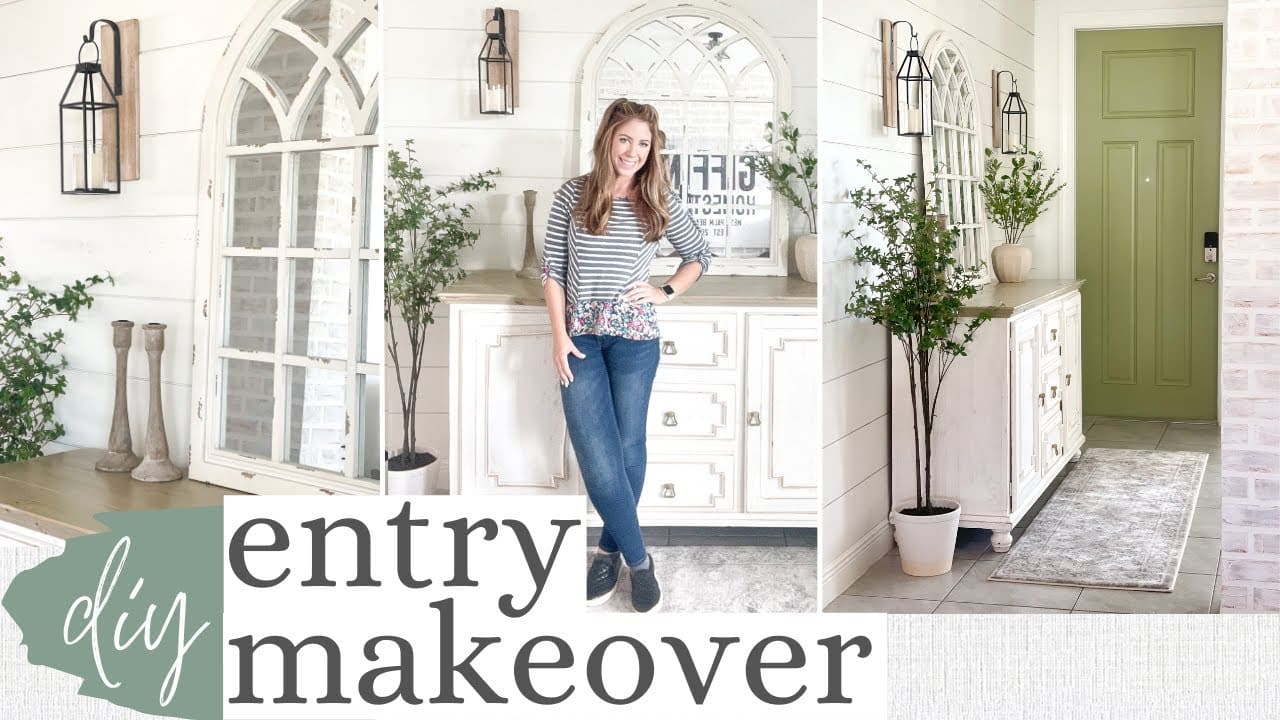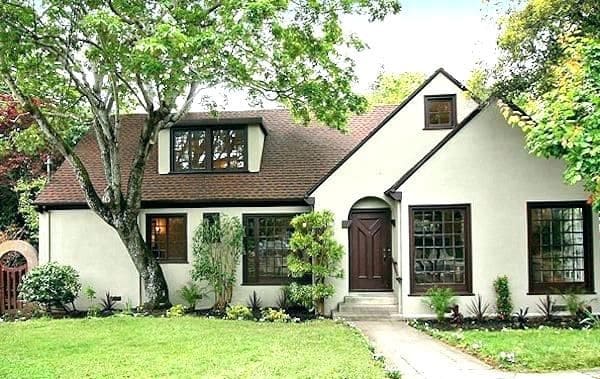Wall separators, often referred to as room dividers, are versatile architectural elements used to create separate areas within a space without the need for permanent walls. These separators come in various designs and materials, offering both practical and aesthetic benefits.
Types of Wall Separators
Wall separators can be classified based on their material, design, and functionality. Common types include:
- Folding Screens: These are portable and can be easily moved to divide a room temporarily.
- Sliding Panels: Ideal for larger spaces, sliding panels offer flexibility and can be customized to match the decor.
- Bookcase Dividers: Combining storage with division, bookcase dividers are functional and visually appealing.
- Curtains: Providing a lightweight solution, curtains offer privacy while adding texture and color to the space.
Applications of Wall Separators
Wall separators find applications in various settings, including:
- Residential Spaces: Divide open-plan living areas, create private zones in studio apartments, or add privacy to bedrooms.
- Commercial Settings: Partition office spaces, create meeting areas, or add flexibility to retail environments.
- Event Venues: Temporary dividers can be used to partition event spaces for different purposes, such as conferences, weddings, or exhibitions.
Benefits of Using Wall Separators
Improved Space Utilization
Wall separators allow for the efficient use of space by creating distinct areas within a room. This is particularly beneficial in small apartments or open-plan offices where maximizing space is essential.
Enhanced Aesthetics
With a wide range of designs and materials available, wall separators can enhance the visual appeal of a space. From sleek modern designs to rustic wooden screens, there’s a divider to complement any decor style.
Structural Support
In addition to their aesthetic appeal, some wall separators also provide structural support. For example, bookcase dividers can act as load-bearing walls, supporting shelving units and displaying decorative items.
Installation Process
Tools Required
Before installing a wall separator, gather the necessary tools:
- Measuring tape
- Level
- Drill and screws
- Anchors (if required)
- Screwdriver
Step-by-Step Guide
- Measure and Mark: Determine the desired location for the wall separator and mark the placement using a measuring tape and level.
- Prepare the Surface: Ensure the surface is clean and free of debris. If installing on drywall, use anchors to secure the divider in place.
- Assemble the Divider: Follow the manufacturer’s instructions to assemble the divider components.
- Install the Divider: With the help of an assistant, lift the divider into place and secure it using screws or other mounting hardware.
- Adjust and Test: Once installed, double-check that the divider is level and stable. Test any moving parts, such as sliding panels, to ensure smooth operation.
Maintenance Tips
Cleaning Procedures
- Dust regularly using a soft cloth or feather duster to prevent buildup.
- For wooden dividers, use a mild wood cleaner and polish to maintain the finish.
- Vacuum fabric or curtain dividers to remove dirt and debris.
Inspection Checklist
- Check for signs of wear or damage, such as loose screws or cracked panels.
- Inspect moving parts to ensure they are functioning properly.
- Repair any damage promptly to prevent further deterioration.
Common Issues and Solutions
Cracks and Gaps
- Issue: Over time, wall separators may develop cracks or gaps, compromising their effectiveness.
- Solution: Fill cracks with wood filler or caulk, then sand and repaint as needed to restore the divider’s appearance.
Paint Damage
- Issue: Accidental spills or scratches can damage the paint finish of wall separators.
- Solution: Touch up paint chips or scratches using a matching paint color to maintain a seamless appearance.
FAQs about Wall Separators
- How do I choose the right wall separator for my space? Consider factors such as size, material, design, and functionality to select a divider that complements your space.
- Can wall separators be installed on any type of wall? Most wall separators can be installed on drywall, plaster, or concrete walls, but it’s essential to use the appropriate mounting hardware for each surface type.
- What are some creative ways to use wall separators? Use dividers to create cozy reading nooks, define entryways, or showcase artwork and plants.
- How can I maintain the finish of my wall separator? Regular dusting and occasional cleaning with appropriate cleaners will help preserve the finish of your wall separator.
- Are there any safety precautions to consider during installation? When installing heavy or freestanding dividers, ensure they are securely anchored to prevent tipping or falling.
- Can wall separators help with soundproofing? While not designed specifically for soundproofing, certain types of wall separators, such as thick curtains or acoustic panels, can help absorb sound and reduce noise levels in a room.
Conclusion
In conclusion, wall separators are versatile design elements that offer practical solutions for dividing spaces while enhancing aesthetics. Whether used in residential, commercial, or event settings, these dividers provide numerous benefits, including improved space utilization, enhanced aesthetics, and structural support. By following proper installation and maintenance practices, wall separators can add functionality and style to any space.





